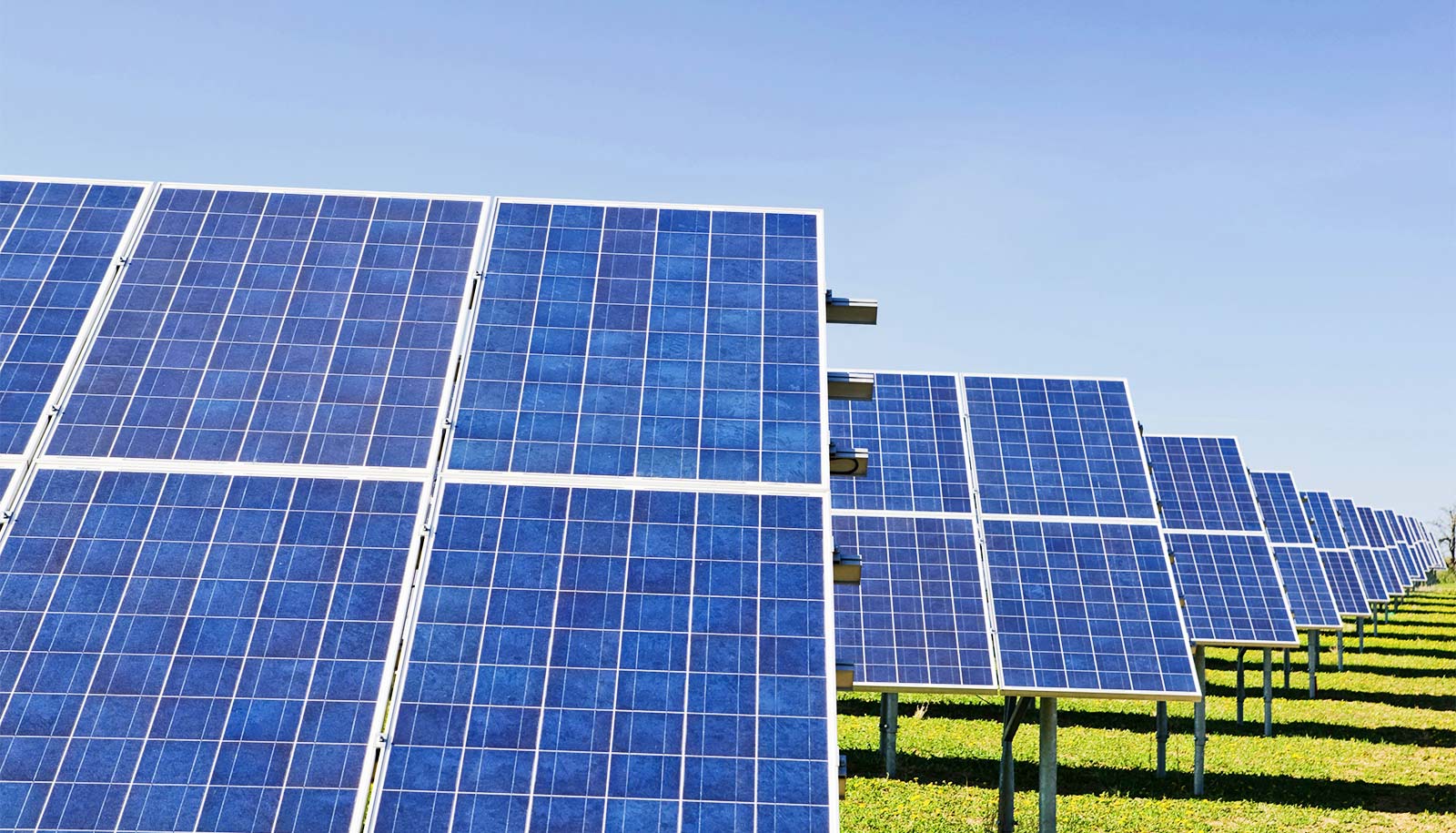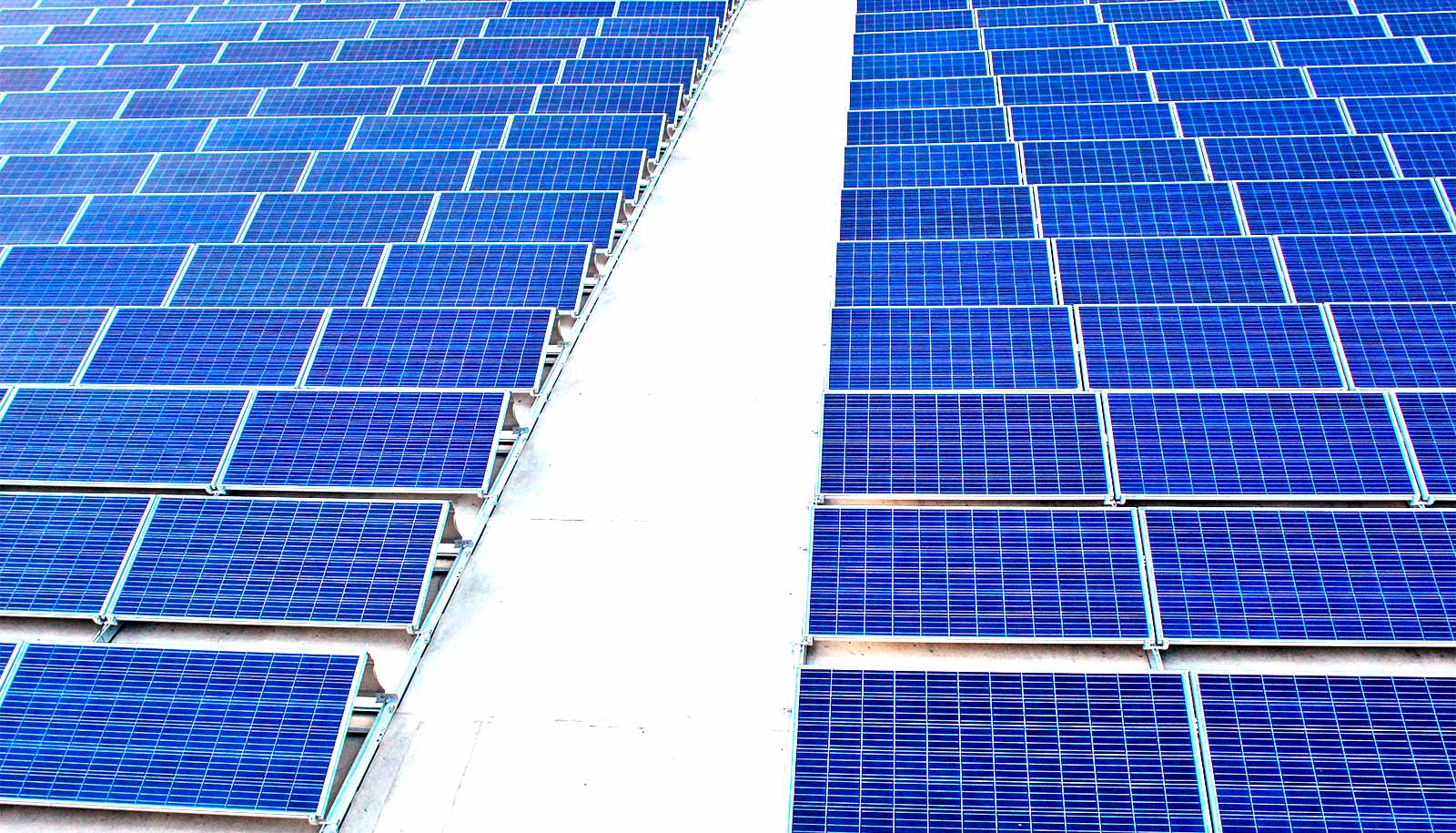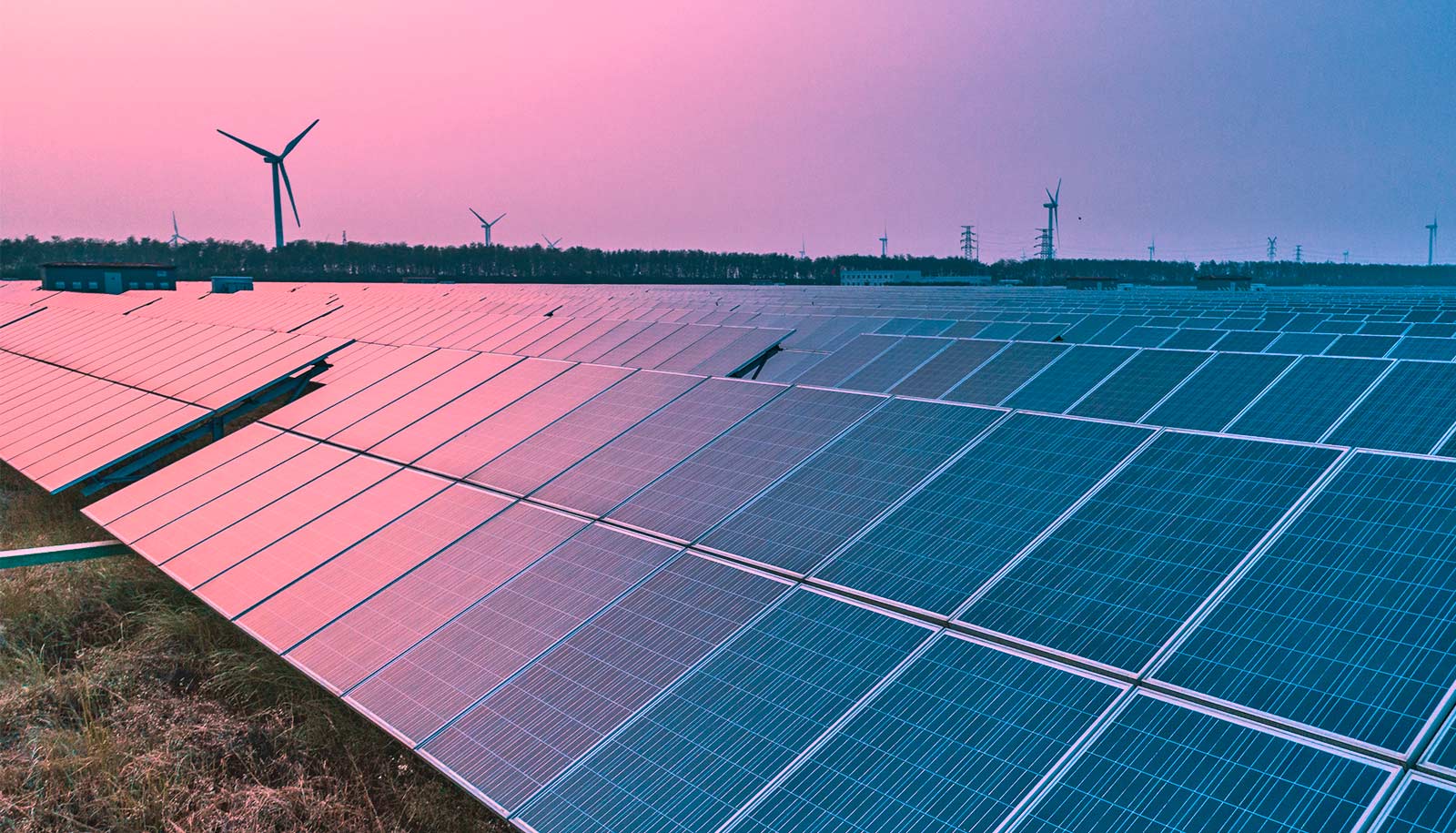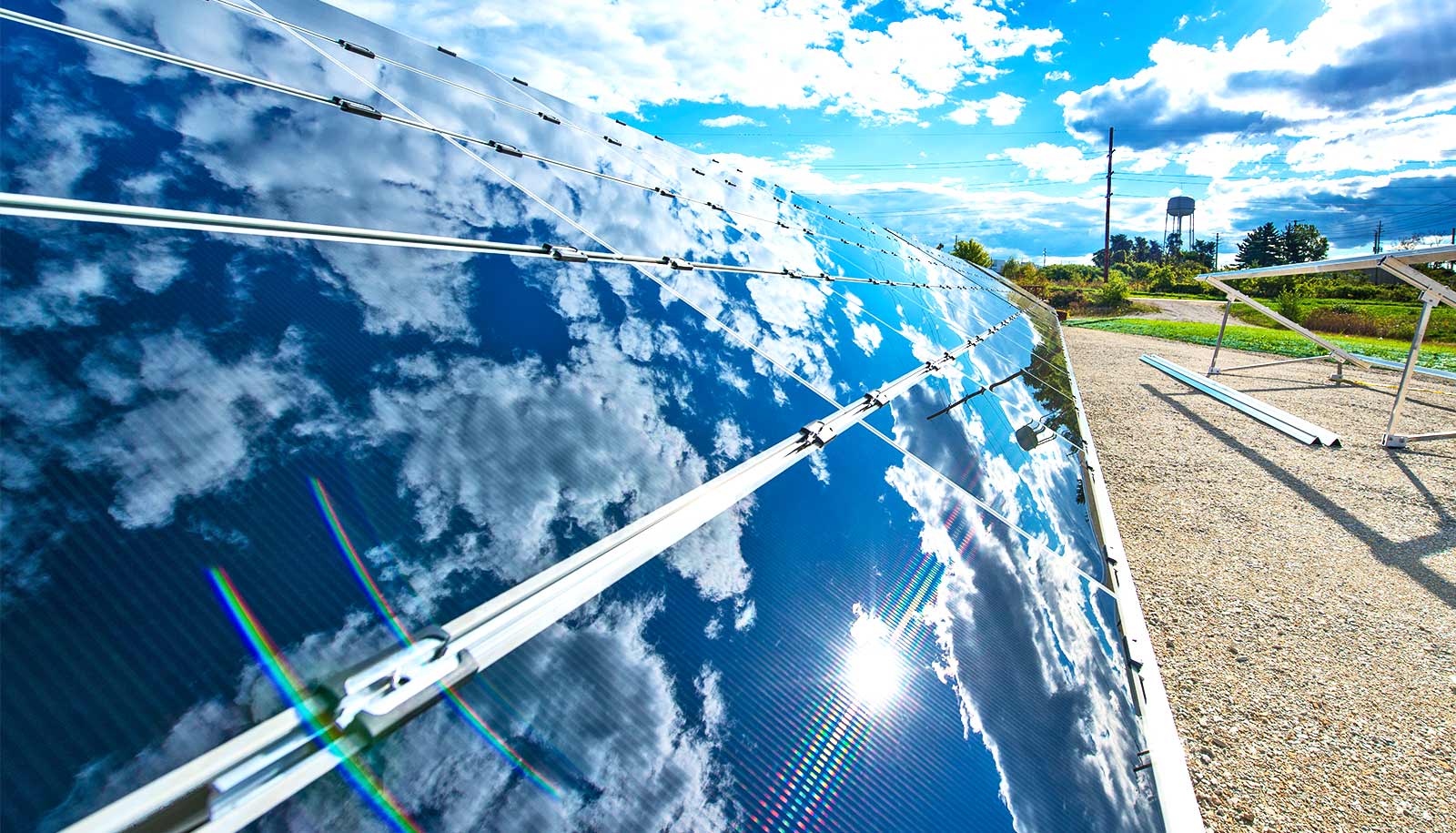As solar energy development accelerates, a new survey explores how Americans actually feel about those large scale solar farms they see along the highway or near their neighborhood.
The survey finds that for residents living within three miles of a large-scale solar (LSS) development, positive attitudes outnumber negative attitudes by almost a 3-to-1 margin.
The researchers surveyed almost 1,000 residents living near solar projects—the first time a representative survey of this kind has been deployed nationally.
Among these respondents, 42% support additional development in their community, compared to 18% who would oppose further projects. At the same time, more than 80% of the respondents were unaware of the project prior to construction and a third did not know until completing the survey.
“The responses from residents were generally positive, which is good to see considering the amount of solar that is likely to be developed in the coming years,” says Doug Bessette, associate professor for energy systems in the community sustainability department at Michigan State University’s College of Agriculture and Natural Resources and one of the leads on the project.
“At the same time, we saw more negative attitudes associated with larger projects and somewhat less support amongst neighbors living really close, within a quarter mile of projects, so there’s a lot of work to be done.”
Positive attitudes were indeed more common among residents living farther from LSS projects than for those living closer to them. The largest projects tend to provoke negative attitudes, while projects under 100 megawatts—those requiring less than roughly 600 acres or one square mile—tend to receive mostly positive responses. Factors like aesthetics, economics, and perceptions of fairness in the planning process strongly influence attitudes.
Residents largely oppose increased state-level decision-making on future LSS siting, preferring increased opportunities for community participation and feedback. They also expressed a preference for local hiring, procurement, and ownership.
For reliable information about what impact a proposed project might have on their community, residents trust existing energy project neighbors, community organizations, and university staff.
“Our findings show that LSS neighbors want to be engaged more, with respondents strongly supporting increased opportunities for participation in planning processes,” says Jake White, a doctoral student who contributed to the survey. “This demonstrates a big opportunity for improvement in LSS planning processes—hopefully leading to better outcomes for all.”
When it comes to future LSS projects, respondents favored disturbed sites, such as landfills, as opposed to farmland. There is also a need for communications efforts to increase awareness and engage neighbors when projects come to communities.
So while there is more work to be done, this survey’s results indicate moderate support for solar going forward, with further analysis planned to gauge influencing factors and address equity concerns.
“We were happy to see this last one,” Bessette says.
Source: Michigan State University



